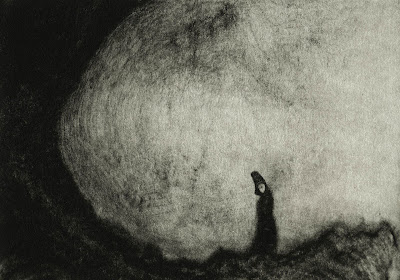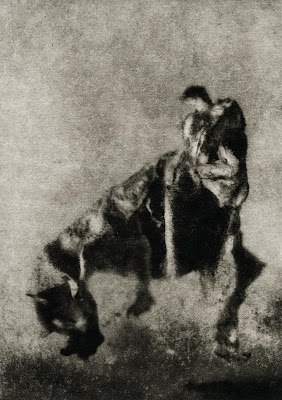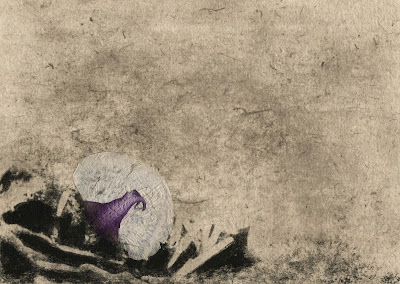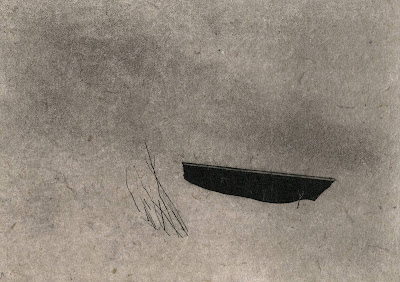Do Process: Henrieke Strecker
This week I am featuring artists exhibiting in Verve Gallery’s Do Process exhibition, showcasing eight unique approaches to the photographic process.
German photographer, now living in New Hampshire, Henrieke Strecker, is exhibiting Photogravures on handmade paper as well as the Chine-collé process. Her images are of abstract yet familiar forms. She creates her imagery using plants, trees, and landscapes, as well as animal and human figures; the beauty that is her own backyard. Her hand-pulled original prints do not capture “an isolated moment or paint a realistic picture like a report.” Rather, she gives “an account of small movements and atmospheres”, and shares with us what she has experienced within that time.
Photogravures were invented in 1870s. A copper plate is coated with a light sensitive gelatin. The coated copper plate is then put in contact with a positive photographic transparency and exposed to light. The plate is washed to remove unexposed gelatin leaving a hardened gelatin negative. The hardened gelatin negative that remains on the plate is then inked. The inked etched copper plate is printed in the same way as an etching in a copper plate printing press.
Chine-collé is a special printmaking technique that allows an artist to use very delicate paper or linen that allows finer detail to be pulled off the coated copper plate. The finer detailed paper or linen with the image is then transferred or bonded to another surface, a heavier support not unlike a matte, to which the finer paper or linen is attached. This technique allows the artist to print on a much more delicate surface and also to provide a background color behind the image that is different from the surrounding backing matte.
Posts on Lenscratch may not be reproduced without the permission of the Lenscratch staff and the photographer.
Recommended
-
Luther Price: New Utopia and Light Fracture Presented by VSW PressApril 7th, 2024
-
Artists of Türkiye: Sirkhane DarkroomMarch 26th, 2024
-
European Week: Sayuri IchidaMarch 8th, 2024
-
European Week: Steffen DiemerMarch 6th, 2024
-
Rebecca Sexton Larson: The Reluctant CaregiverFebruary 26th, 2024





































































